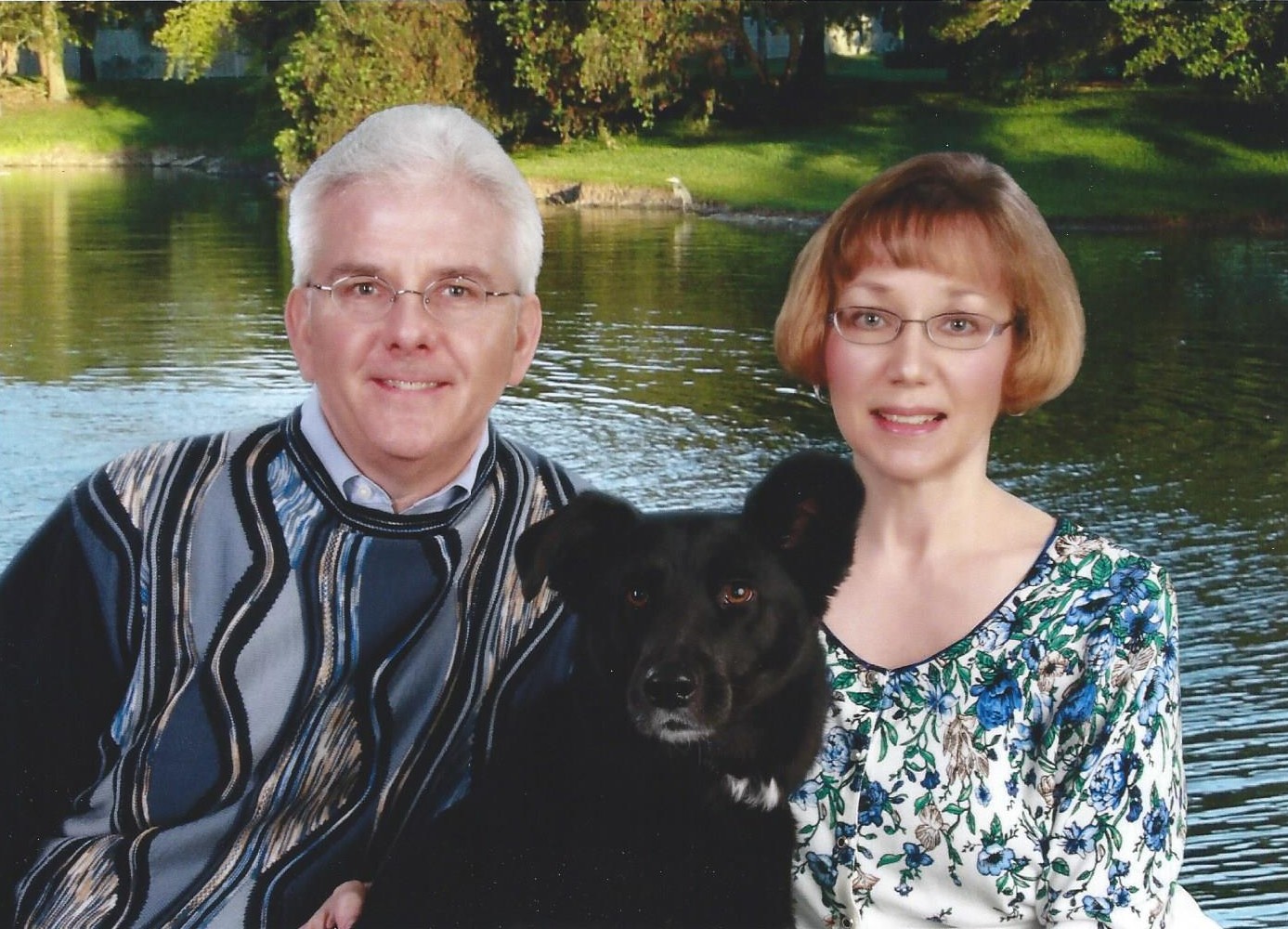Part of moving forward with my life is honoring Mary Ann’s memory. Inspired by a dear friend who lost her husband to ALS, I am staying in the fight as an ALS Advocate, so I can do my small part to increase awareness about ALS and help those affected by this terrible disease.
I am Tim Abeska. My ALS journey as a caregiver to my wife, Mary Ann, was preceded by a neurological medical odyssey which began at Easter dinner in 2011. A fellow guest who was a retired nurse noticed that Mary Ann had an arm tremor – something we had never noticed – and discreetly asked Mary Ann’s brother about the issue. An initial follow up with a neurologist yielded an opinion that the tremor was a symptom of Multiple Sclerosis. Since there is no definitive diagnosis for MS the doctor suggested prescribing medication which would, if successfully addressing the symptoms, confirm the diagnosis. Dissatisfied with this result, we sought medical treatment from a specialist at a teaching hospital in a larger city. After many tests, Mary Ann was diagnosed with Parkinson’s Disease in February 2012. This diagnosis was based on the resting tremor, bradykinesia, and rigidity of muscle movement.
At first, the Parkinson’s was largely an inconvenience which was addressed by antiparkinsonian medications, primarily Carbidopa and Levodopa. Having owned many dogs in the past, we brought a dog into the household to keep Mary Ann moving and walking. She was “all in” on exercise therapy. By the end of 2014, other distinct symptoms began to manifest themselves, including foot drop and shrinking of the muscles in Mary Ann’s right calf which required her to wear a leg brace. The neurologist overseeing Mary Ann’s Parkinson’s treatment agreed that these new symptoms were not consistent with Parkinson’s and referred her to a specialist.
After weeks of examinations and testing, including three electromyogram (EMG) tests, Mary Ann was diagnosed with ALS on July 31, 2015, a date which is burned into my memory. A confirming second opinion soon followed. The combination of Parkinson’s and ALS is called Brait-Fahn-Schwarz Disease, named after the doctors who discovered this unusual combination, which is especially rare outside of certain Pacific Island regions. So, Mary Ann was hit with a neurological “double whammy.” The ALS symptoms progressed and became dominant. I watched a once vibrant woman progress from walking with a leg brace to a cane, then a walker, then a rollator, then a manual wheelchair and, after Mary Ann was robbed of all her mobility, a power wheelchair.
I accelerated a planned retirement from the practice of law to become responsible for Mary Ann’s care, both as a hands-on caregiver and manager of the care. We fortunately had long-term care insurance, which covered most of the cost of home care aides. We also received tremendous care and support from the Veteran’s Administration because Mary Ann was an Air Force veteran. The VA considers ALS to be a service-connected illness because it strikes veterans at a statistically higher rate than the general population.
Mary Ann died in the early morning hours of New Year’s Day 2019, at a hospice care facility. There is not a day that goes by when I do not think about her and miss her. Part of moving forward with my life is honoring Mary Ann’s memory. Inspired by a dear friend who lost her husband to ALS, I am staying in the fight as an ALS Advocate, so I can do my small part to increase awareness about ALS and help those affected by this terrible disease.

